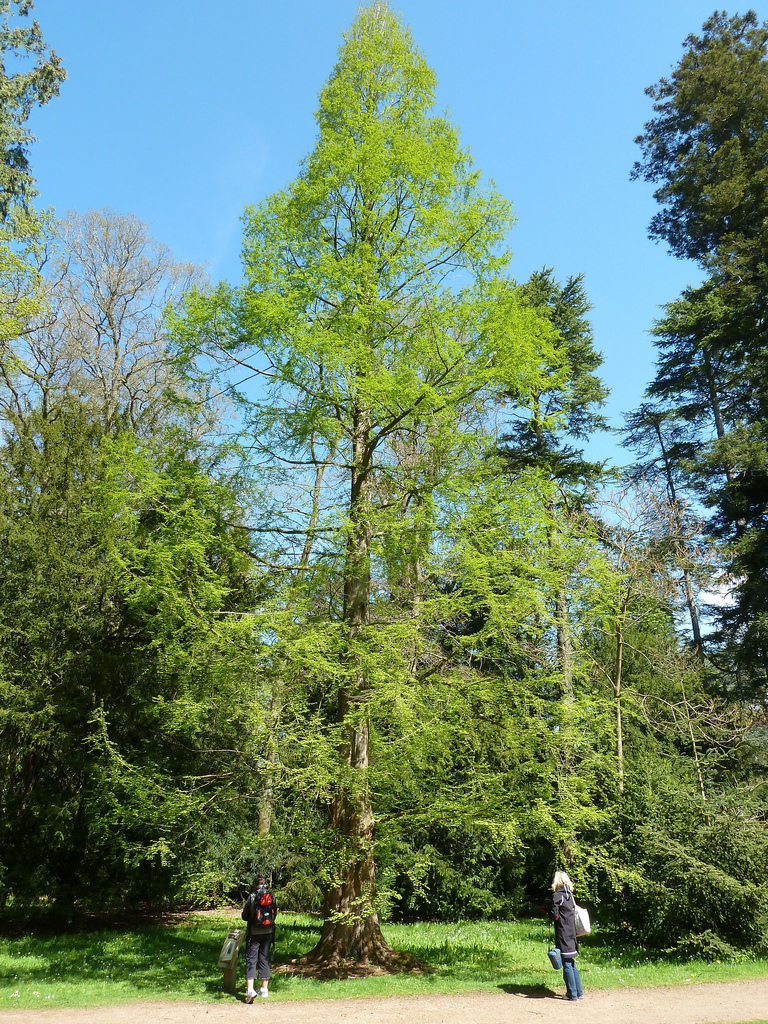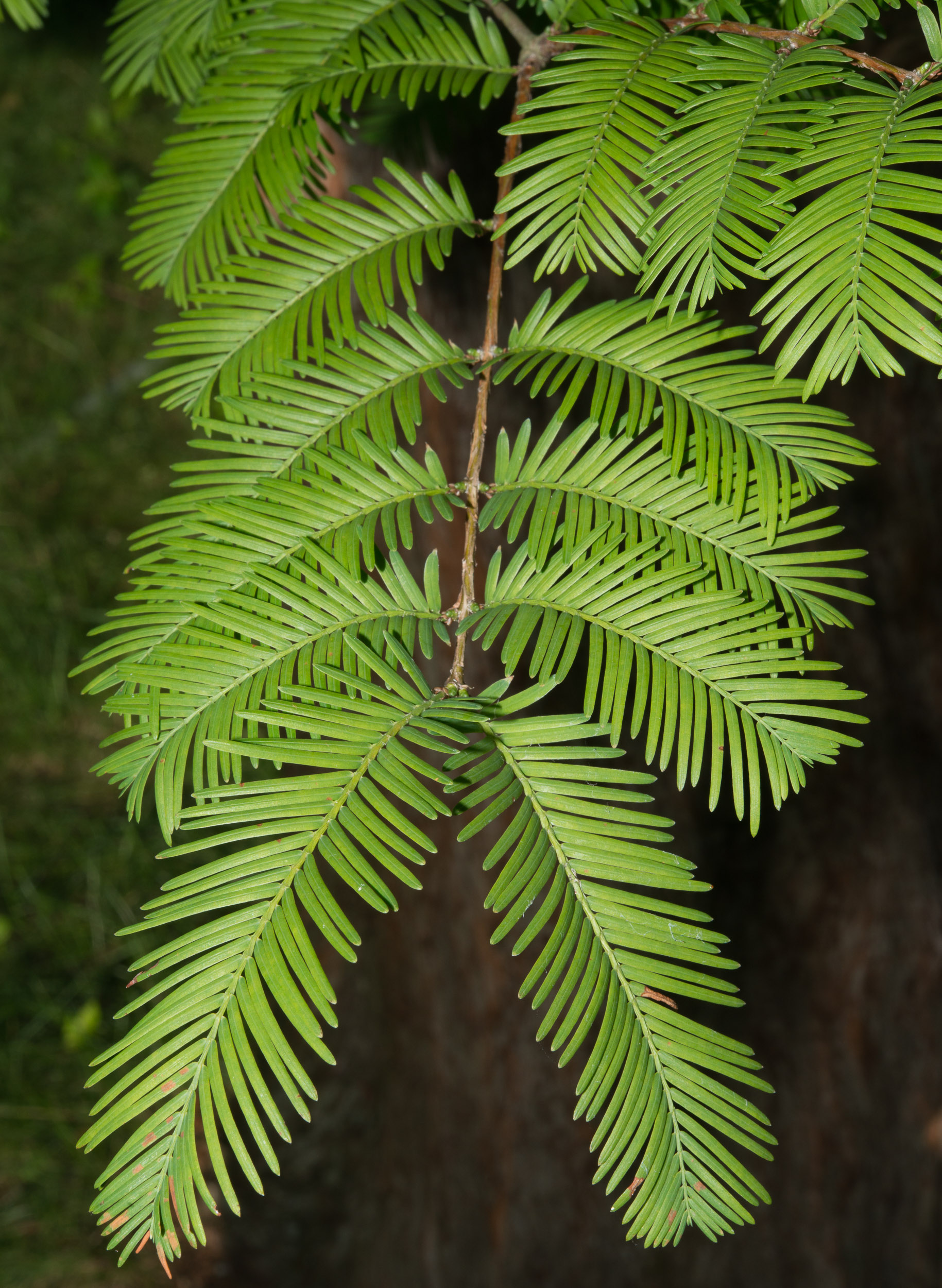

Supports the extension recently added to the glTF specification, which reproduces the rainbow-colored phenomenon of light reflections, such as on CD/DVD recording surfaces or in soap bubbles.
Metasequoia update#
Please update your macOS to Catalina or later, or keep using Ver. macOS 10.14 (Mojave) will not work, so please update your macOS to Catalina or later, or use Ver. Note that macOS version 10.15 (Catalina) or later will be supported from this release. Please see details for other changes and bug fixes in Release note. has been added to the material settings as a light source that is not itself visible during path tracing.The has been added to the extension settings of the glTF shader in the settings.A option has been added to that does not change the orientation of the handle.can now be used to limit the angle of selection.Mapping images unique to glTF shaders, such as occlusion, emission, transmission and so on, which are not available in the Phong shader, can now be displayed and edited in the UV unwrapping and in the paint panel. Displaying shader-specific mapping images When the right button is dragged from the center of the screen, the operation is similar to a conventional trackball in the up/down and left/right directions, but when the right button is dragged from the edge of the view, the rotation is in the direction of the line of sight. Metasequoia 4 supported two methods of viewpoint rotation in the preferences: "Potter's wheel" and "Trackball." The conventional trackball has been renamed "2-axis trackball," and a new "3-axis trackball" has been added.

Metasequoia software#
3-axis trackballĪn increasing number of relatively new 3D software applications, mainly newer ones, have a viewpoint rotation control method similar to a 3-axis trackball that allows "twist" directions in addition to up/down and left/right, using only mouse operation. This function is also available only in the EX version. It is especially useful for reassigning materials to 3D scanned data, or for further separating each material into separate objects after segmentation. Simply drag a portion of the object while switching materials to automatically divide the material assignment into regions based on the object's folds and bends. Note that multiple UV channels is a feature of the EX version only the Standard version can handle only one channel as before. In addition to the original file formats (mqo/mqoz), two file formats, glTF (glb) and FBX, now support multiple UV channels for file input and output. Ve4.8.5 allows each object to have up to four UV channels, storing the UV coordinates for the number of channels per vertex, and specifying which UV channel to use for each mapping. In the past, when using multiple types of mapped images, all mappings used the same UV coordinates. And, the Phong shader also has three types texture, alpha (transparent), and bump. The glTF shader supports a large number of mappings, including textures normals, occlusion, emission, transmission and so on. If you cannot migrate immediately, please continue to use the final supported version Ver4.8.4b.
Metasequoia windows 10#
Since Windows 8.1 is no longer supported by Microsoft, we recommend that you migrate to Windows 10 or later. Windows 8.1 is no longer supported in this version. Please see the Release note for other detailed changes. Support for displaying shader-specific mapping images such as glTF when editing paint panels and UVs.3-axis trackball viewpoint rotation operation.Ability to separate material regions (EX only).



 0 kommentar(er)
0 kommentar(er)
